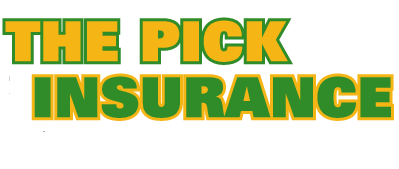After the birth of a first child, many new parents are struck by the awesome responsibility they have just taken on. Newborn babies are completely dependent on their parents and caregivers to protect and nurture them. In keeping with Baby Safety Month in September, the following checklist can help first-time parents keep their newborns safe.
Infant Safety Checklist
- Always support the baby’s head. A newborn’s neck muscles are weak. Failure to provide the proper support could injure your baby.
- Never leave your infant unattended.
- Never leave a baby on a bed, table, countertop, chair, or other high surfaces.
- Place the infant on his or her back to sleep, on a firm, flat surface, to reduce the risk of SIDS or suffocation.
- Never shake or engage in rough play with a baby.
- Do not put your baby in bed with you to sleep. It can lead to accidental suffocation or strangulation.
- Breastfeed, if you can, to provide your baby with the natural antibodies in the milk.
- Buy a crib with bars no more than 2 3/8 inches apart. (When the space between bars is too wide, the child can slip through and get injured.)
- Make sure the mattress fits snuggly against the sides of the crib. Otherwise, the baby’s body or head could become wedged in between the mattress and the crib, causing suffocation.
- Install carbon monoxide detectors if you have gas appliances or an attached garage.
- Install smoke detectors on every floor of the house and in hallways adjoining bedrooms.
- Buy a fire extinguisher and make sure you know how to use it.
- Never leave a baby alone with a pet.
- If you have a cat, trim its claws so it can’t scratch the baby.
- Use an approved infant car seat, properly installed, facing backward in the center of the back seat.
- Do not use a baby car seat in a vehicle location with an airbag.
- Never, ever leave a baby alone in the vehicle! Even with the windows open, the child could become overheated and suffer dehydration in a matter of minutes.
- Wait until the umbilical cord has fallen off and the belly button has healed before you give your child a tub bath.
- Turn the water heater down to at least 120° F to help prevent scalding.
- Use a small baby bathtub to better control the water temperature for a bath. It should feel warm, not hot.
- Never leave a baby alone in the bath – a newborn can drown in an inch of water.
- Keep the temperature of the room for your baby’s bath at approximately 75°. Try to eliminate any drafts, and pat baby dry right away. Use a hooded towel to cover the child’s head and help prevent a chill.
- Do not use cotton swabs to clean your infant’s nose or ears. Only clean the parts of the baby you can see.
Even with the best of care, childhood illnesses and injuries can still occur. Our agent can help ensure you have the right health insurance plan to cover your newborn baby’s healthcare needs.

